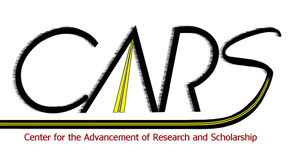Poster: The Effect of Aging on the Central Executive of Working Memory
Location
Moakley Atrium
Start Time
15-5-2013 4:00 PM
End Time
15-5-2013 5:00 PM
Description
This study investigated the effects of age on a working memory task involving random number generation in three groups of normal healthy adults. Based on Towse & Neil‘s (1998) factor analysis, randomized performance is best measured by randomness, redundancy, and mean repetition gap. Results generated from a multivariate analysis of covariance (MANCOVA) revealed that fully 43% of the interaction effect of age group membership occurred on the index of redundancy and 12.2% on the index of randomness. These data indicated that the interaction effects of age group membership on the mean index of redundancy scores and the mean index of randomness scores together supplied the largest interaction effect size, fully 55.2%. Therefore, when factors such as naming, sentence repetition and estimated IQ were considered, age emerged as a strong predictor of two measures of the central executive of working memory, the index of redundancy and the index of randomness.
Poster: The Effect of Aging on the Central Executive of Working Memory
Moakley Atrium
This study investigated the effects of age on a working memory task involving random number generation in three groups of normal healthy adults. Based on Towse & Neil‘s (1998) factor analysis, randomized performance is best measured by randomness, redundancy, and mean repetition gap. Results generated from a multivariate analysis of covariance (MANCOVA) revealed that fully 43% of the interaction effect of age group membership occurred on the index of redundancy and 12.2% on the index of randomness. These data indicated that the interaction effects of age group membership on the mean index of redundancy scores and the mean index of randomness scores together supplied the largest interaction effect size, fully 55.2%. Therefore, when factors such as naming, sentence repetition and estimated IQ were considered, age emerged as a strong predictor of two measures of the central executive of working memory, the index of redundancy and the index of randomness.
